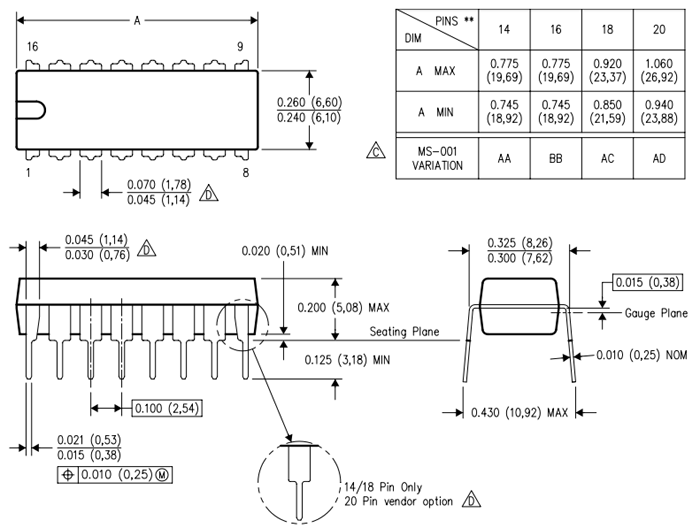A gated AND asynchronous. CP1 Input to Q2 Output. Divide-By-Twelve, and Binary Counters respectively. Simultaneous divisions of 2, 4, 8, and 16 are performed at the Q0, Q1, Q2, and Q3 outputs as shown in the truth table. Submitted by webmaster on 5 June Each section has a separate clock input which. Since the output from the divide-by-two section is not internally connected to the succeeding stages, the devices may be operated in various counting modes. 
| Uploader: | Zolocage |
| Date Added: | 12 December 2014 |
| File Size: | 58.40 Mb |
| Operating Systems: | Windows NT/2000/XP/2003/2003/7/8/10 MacOS 10/X |
| Downloads: | 65446 |
| Price: | Free* [*Free Regsitration Required] |
A gated AND asynchronous. The input count pulses are applied. Next for the clock pin CP0 and CP1 we have to provide a clock pulse for the counting to happen. The Q0 output of each device is designed and specified to drive the rated fan-out plus the CP1 input of the device.
Submitted by webmaster on 5 June It is built using four JK Flip Flops. State changes of the Q outputs do not occur simultaneously because of internal ripple delays.
The 74LS93 is a 4-bit binary counter made of two up-counters. Independent use of the first flip-flop is available if the reset function coin- cides with reset of the 3-bit ripple-through counter.
74LS93 Datasheet PDF -
CP0 Input to Q0 Output. The IC consists of a mode-2 up-counter and a mod-8 up counter. Can be combined as mod-8 counter or divide by 2 or divide by 8 applications.
Simultaneous frequency divisions of 2, 4, and 8 are available at the Q1, Q2, and Q3 outputs. Simultaneous frequency divisions of 2, 4, and. Divide-By-Twelve, and Binary Counters respectively.
74LS93 Datasheet
Since the output from the divide-by-two section is not. State changes of the Q outputs do not occur. Each section has a separate clock input which. The CP1 input is used to obtain binary divide-by-five operation at the Q3 output.
The complete working can be understood by simulating the IC. To use all four bits the clock pulse CP1 is connected to Q0.

The first flip-flop is used as a binary element for the divide-by-two function. That is the IC will increase the count by 1 for every pulse given to these clock pins. CP0 Input Clock Frequency.
The first flip-flop is used as a. CP0 and CP1 pulse width: The CP0 in- put receives the incoming count and Q3 produces a sym- datasheft divide-by-twelve square wave output. Here mode-0 counting mode is selected by grounding both MR pins and for the clock pulse I am manually toggling a logic state to provide pulse. The CP1 input is used to obtain. The 74LS93 is a up-counter built using four JK flip-flops.

For normal operation both the pins has to be connected to ground LOW as mentioned in the table below. The Q0 output of.
The simulation is shown below. Simultaneous divisions of 2, 4, 8, and 16 are performed at the Q0, Q1, Q2, and Q3 outputs as shown in the truth table. The input count is then applied to the CP1 input and a divide-by- ten square wave is obtained at output Q0. CP1 Input to Q1 Output.

Комментарии
Отправить комментарий